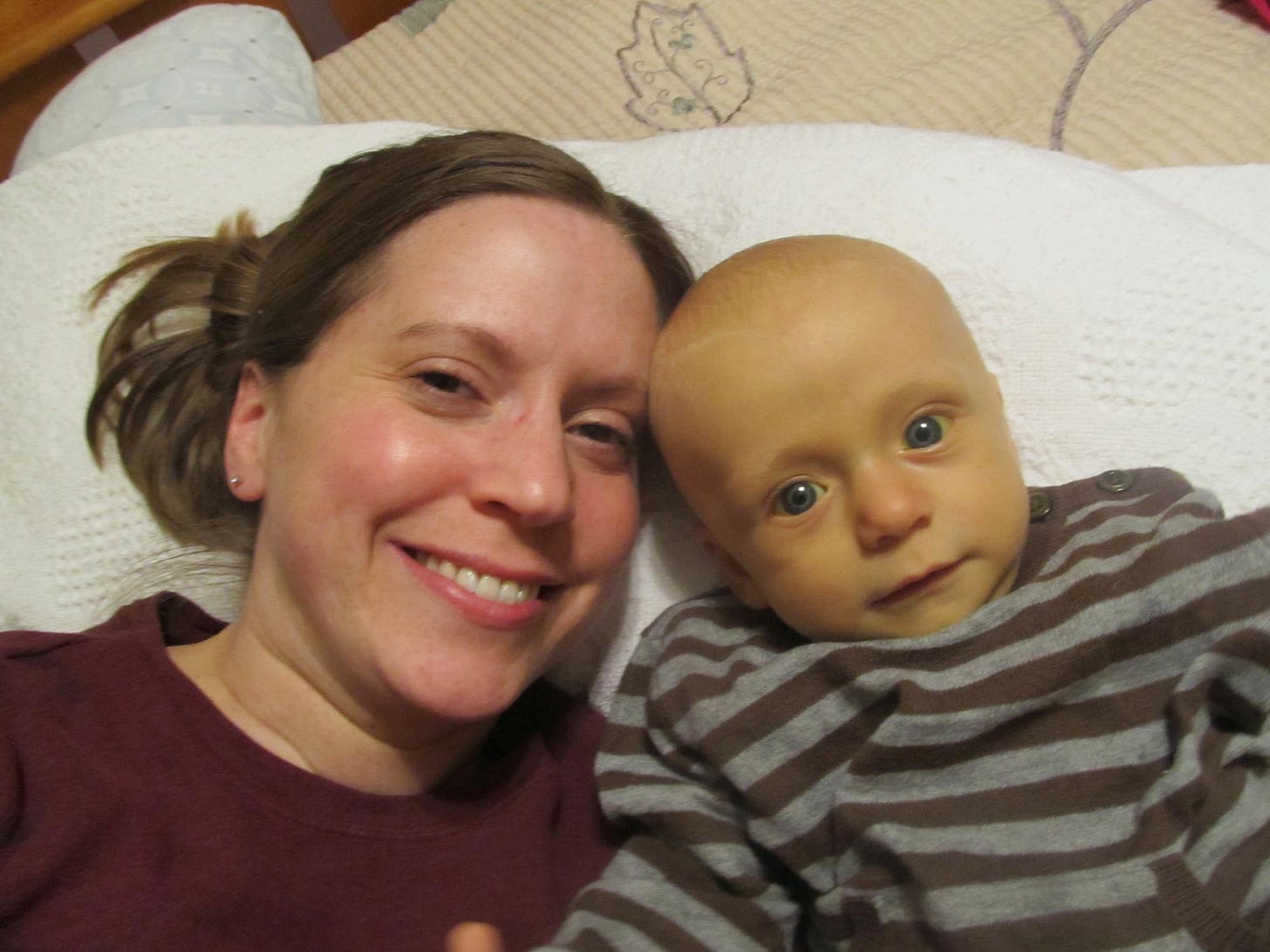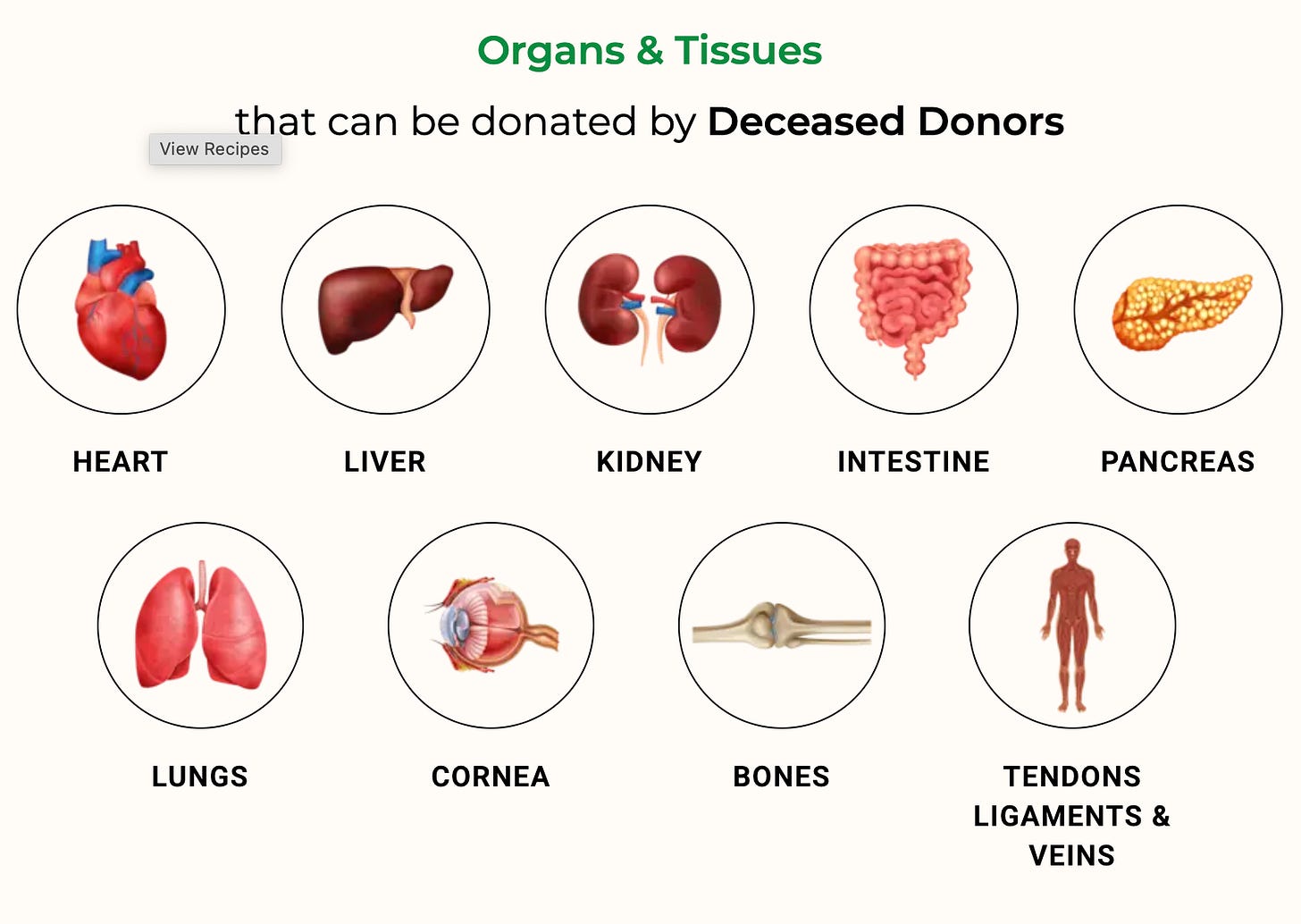‘The very best in humanity’: How a stranger gave a South Dakota boy new life
Mitchell mother shares the power of organ donation as son reaches teens years after receiving liver transplant
When her infant son began showing signs of jaundice following a full-term, healthy pregnancy, Sarah Beckstrom soon began a journey from fear, anger and sadness to eternal appreciation for a perfect stranger.
But the Mitchell mother and LifeSource, the region’s primary organ procurement organization that helps connect donors and recipients like baby Charlie — now a healthy and active teenager — say continued education around organ donation is necessary to ensure more families can feel what the Beckstroms have for the last decade.
“He was just not thriving. He couldn’t absorb, you know, milk. He was just kind of a not content child,” Beckstrom recently said in an interview with The Dakota Scout, recalling the early signs of the rare genetic liver condition — alpha-1 antitrypsin deficiency — that threatened her son’s life before his first birthday.
Charlie was placed on the organ waiting list at 7 months old. Three months later, the call came.
A 13-year-old donor had died, and his liver was a match.
Today Charlie is also 13 — a healthy, energetic one. But for Beckstrom, joy exists alongside grief — for the family who lost their child and ultimately saved hers.
“It was kind of like I wrote the donor’s family after, which was probably one of the most emotionally challenging, difficult things I’ve ever done,” she said. “That circle wasn’t closed for me. And I’m like, okay, I need to do more. Because they gave him a second chance at life.”
That’s why Beckstrom became a LifeSource ambassador, sharing Charlie’s story in hopes of encouraging more people to check the “yes” box on their driver’s license. The organization oversees the donation system across Minnesota, North Dakota and South Dakota — responding around the clock when someone dies under circumstances that allow organ donation, supporting families, coordinating recovery and transporting organs to recipients.
“When I think about people who say yes to donation, who put donor on their driver’s license, I think that’s the very best in humanity because they’re helping another person,” said Susan Mau Larson, chief administrative officer for LifeSource.
Advances in donation — and rising challenges
Only about 1 percent of deaths occur in a hospital while the patient is on a ventilator, the criteria that’s typically required for organ donation. But in recent years, medical innovations have helped expand the donor pool nationwide. Perfusion devices can preserve organs longer. The federal HOPE Act allows organ donation between HIV-positive donors and recipients. Broader medical criteria are also increasing the number of viable transplants. Nationally, transplants have risen by about 50 percent over the past decade.
Surgeons say the emotional weight of the process is shared in operating rooms across the country.
Dr. Hassan Turaihi, who performs one or two organ transplants a month at Sanford Health, says the work is both devastating and beautiful.
“Thousands of people are waiting for a second chance at life... a functional heart, a healthy liver, or a working lung,” he said. “Their lives are on pause desperately hoping for a miraculous call so organ donation is a miracle. It’s the ultimate sacrifice.”
Up to eight people can benefit from a single donor — two kidneys, a heart, lungs, eyes, corneas, pancreas, small bowel and a liver, which can be split to help two patients.
“When I go in for those organ donations, it’s sad to hear the story of family and the donor who made the ultimate sacrifice, but at the same time you know you’re giving someone else the ability to have a new life and new chapter,” Turaihi said.
South Dakota trends and tribal partnerships
LifeSource leaders say South Dakota has long had one of the highest donor-registration rates in the nation. But in recent years the rate has slipped from about 60 percent to 57 percent. Mau Larson attributes the decline to national misinformation — claims that organs are lost in transit, that families feel pressured or that the process lacks oversight.
She pushed back on those narratives, emphasizing the accountability and transparency built into every step of the system.
The organization is also working to improve culturally responsive outreach, particularly among American Indian communities. Tribal engagement across South Dakota, including partnerships with Native chaplains and respect for beliefs surrounding keeping the body intact, are initiatives Mau Larson credits with donor rates staying strong in the state.
Data from the federal Organ Procurement and Transplantation Network show the number of American Indians receiving transplants in South Dakota was five in 2023, eight in 2024 and seven in 2025. The state has two kidney-transplant programs, but patients needing other organs — including hearts or livers — typically travel to Minnesota or Colorado. Meanwhile, the number of American Indian deceased donors in South Dakota fluctuated from six in 2023 to two in 2024 and five in 2025.
Moving the mission forward
LifeSource operations are nationwide. In a three-state region that covers South Dakota, North Dakota and Minnesota, that means retrieval teams traveling frequently by air. Transporting organs involves specialized handling protocols, and recent federal changes have streamlined airline procedures and TSA requirements.
Despite ongoing budget negotiations in Washington, Mau Larson said LifeSource has avoided disruptions.
LifeSource leaders say they are grateful for South Dakota’s long record of donor registrations, and they continue answering questions for anyone unsure about what saying “yes” really means.
“We’re talking about helping another person,” Mau Larson said. “That’s the very best in humanity.”





























